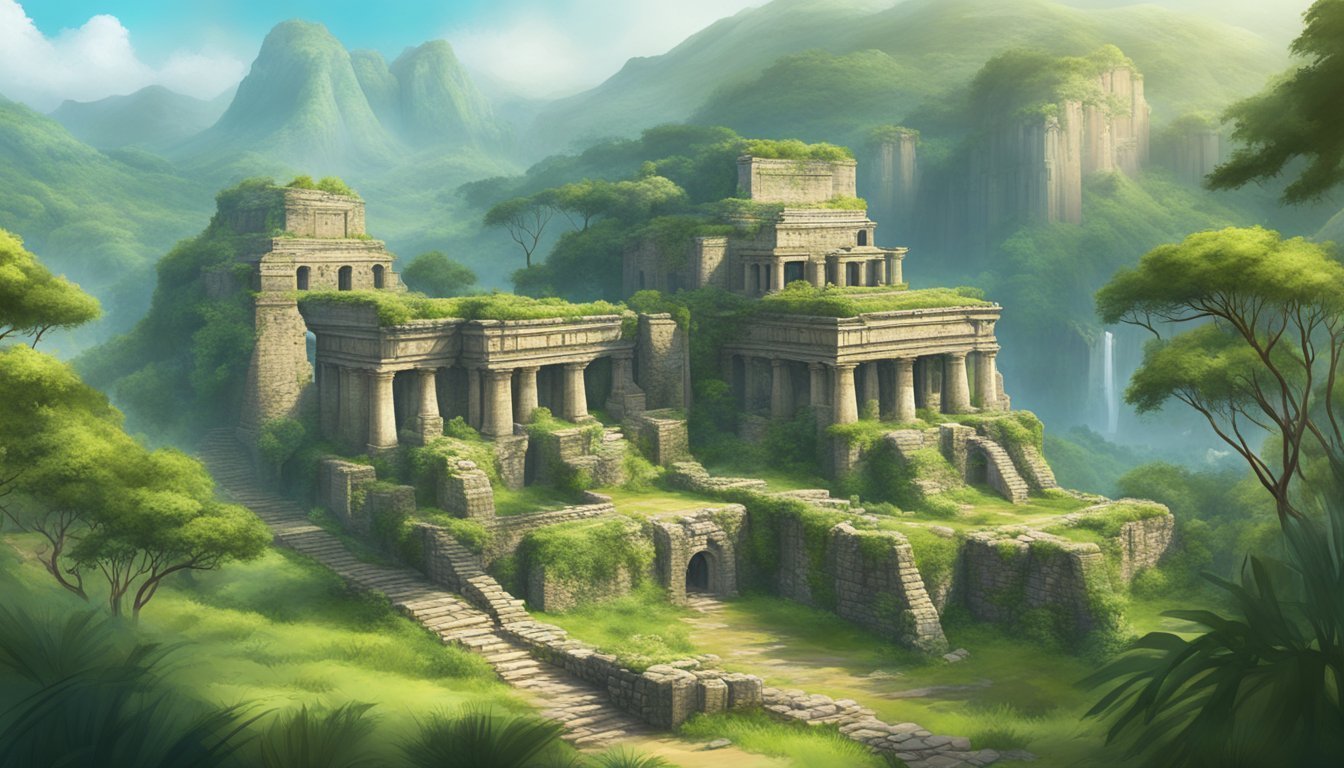Around the globe, cultural heritage sites stand to gain immensely from a groundbreaking initiative that leverages artificial intelligence to protect them from natural disasters and conflicts.
Introduction to HeritageWatch.AI
This initiative, dubbed HeritageWatch.AI, debuted on February 10 at the Artificial Intelligence Action Summit in Paris.
It is a collaborative effort initiated by four pioneering organizations under the auspices of the French Ministry of Culture.
The project unites the talents of Iconem—experts in 3D modeling—with Planet Labs PBC, a company founded by former NASA scientists specializing in satellite imagery.
They are joined by the Aliph Foundation, dedicated to cultural heritage protection, and tech powerhouse Microsoft.
HeritageWatch.AI is poised to transform the heritage landscape by providing real-time insights through high-resolution satellite images captured by an impressive constellation of 200 Planet Labs satellites.
Iconem’s role involves converting these images into intricate 3D models of significant heritage sites.
Meanwhile, Microsoft’s AI for Good Lab will take the lead in analyzing this data to identify communities that are most at risk from climate-related threats like extreme temperatures, flooding, and rising seas.
Impact and Funding
The knowledge gained will be instrumental for the Geneva-based Aliph Foundation, helping heritage organizations navigate crises more effectively.
Since its launch in 2017, Aliph has disbursed over $100 million in grants to more than 500 projects worldwide.
For instance, following the devastating port explosion in Beirut in 2020, the Sursock Museum received $500,000 to ensure its structure remained safe.
Aliph’s commitment to global cultural heritage extends beyond Lebanon.
The foundation has also played a pivotal role in bolstering cultural institutions in Ukraine in the wake of the Russian invasion in 2022, highlighting its dedication to safeguarding heritage across borders.
HeritageWatch.AI is set to become a game-changer in disaster management within the cultural heritage sector.
It is designed to foresee crises before they unfold, striving to enable preemptive action.
The initiative will monitor significant challenges such as desertification threatening earthen architecture in the Sahel, rising sea levels near coastal sites, and the impact of hurricanes on ancient edifices.
By enhancing their capabilities, Aliph and its collaborators will be better prepared to support communities proactively, paving the way for long-term recovery strategies.
Collaborative Efforts and Commitment
To fuel this ambitious endeavor, Microsoft has committed $1 million over a four-year span, along with an additional $750,000 in services.
Aliph has contributed $250,000, which underscores the collaborative spirit fueling HeritageWatch.AI.
In a video announcement, the director of World Heritage at UNESCO discussed the difficulties of acquiring timely data during disasters.
At the same time, Aliph’s director of strategy shared a hopeful vision, asserting that these new tools would enable swift access to critical data and enhance monitoring efforts, leading to quicker and more effective responses to urgent needs.
With HeritageWatch.AI, we are venturing into a new frontier of cultural heritage preservation.
This initiative melds innovative technology with the strength of collaborative efforts, ensuring that the world’s cherished sites are safeguarded for future generations.
Together, these organizations demonstrate the potential of creativity and partnership to overcome challenges, instilling hope and resilience in the ongoing mission to protect our shared cultural legacy.


